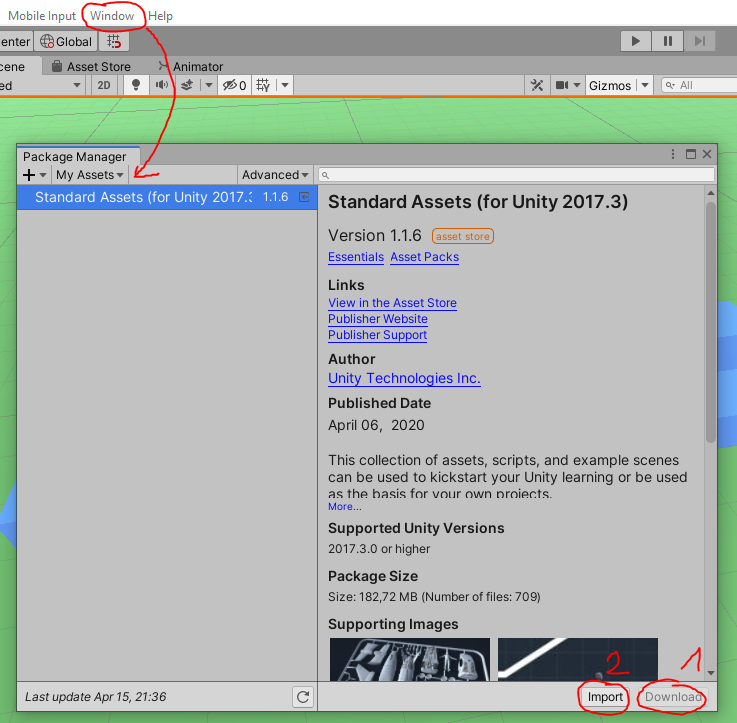

This pattern does not only occur with the performance overview project, but basically with pretty much everything I tested recently ( link). My point of these performance overviews is to show that you take an existing project, open it in a newer Unity version and it runs slower. I didn't look at performance with URP, but lights flickered all over the place. The game contains many light sources and it didn't work well with URP at that time. But the game is using deferred rendering and URP wasn't supporting it at the time and I believe it doesn't support it yet either. However, I experimented with URP in the actual project (not the test copies). The performance overviews are all made with a copy of the project I made in 2017, to make sure to compare apples to apples. Please also process bug-report: (Case 1222370) 2019.3: Android performance regressionĬlick to expand.The project is not using SRP. Please use a rig similar to the hardware I used to submit the bug-report. These issues are probably not reproducible if you're running the game on high-end hardware. Fewer milliseconds (vertical axis) indicate better performance. Each test runs for 20 seconds, one sample every second, thus 20 samples for each test. The x-axis represents the sample points while the camera makes its 360° rotation.

The y-axis represents the average CPU time in milliseconds, how long "one frame took". The game uses the built-in deferred renderer.

The resolution is set to fullscreen 320x240 (D3D11) to make sure the bottleneck isn't GPU.

The following Physics settings are applied: I've also enabled "Incremental GC" on both 2020 versions. I run this test in a Standalone Windows 64bit (Mono) Player: If an actual gamer plays the game, more things are going to happen, which is missing in the test, such as visual and sound effects when firing weapons, additional AI to hunt the player and more navigation pathing. The performance test measures the "base-line" of the game basically (rendering, shadows, realtime lighting, physics, audio, NavMesh, UI, game code). The game runs just like it would normally do, but the camera/player does not move and the enemy AI in unable to see the player. Every second the test captures the average CPU frame time of the last second.Camera makes a 360 degree rotation around the Y-axis within 20 seconds (slowly rotating around y).Camera is placed at a defined position in the scene.The indoor first-person shooter I'm working on features an automated performance test.


 0 kommentar(er)
0 kommentar(er)
